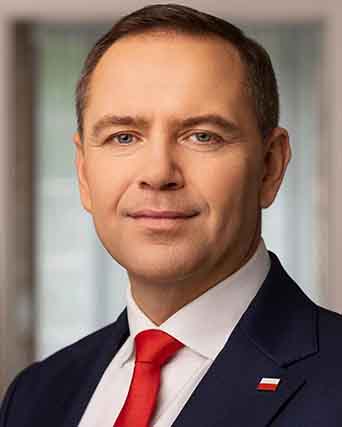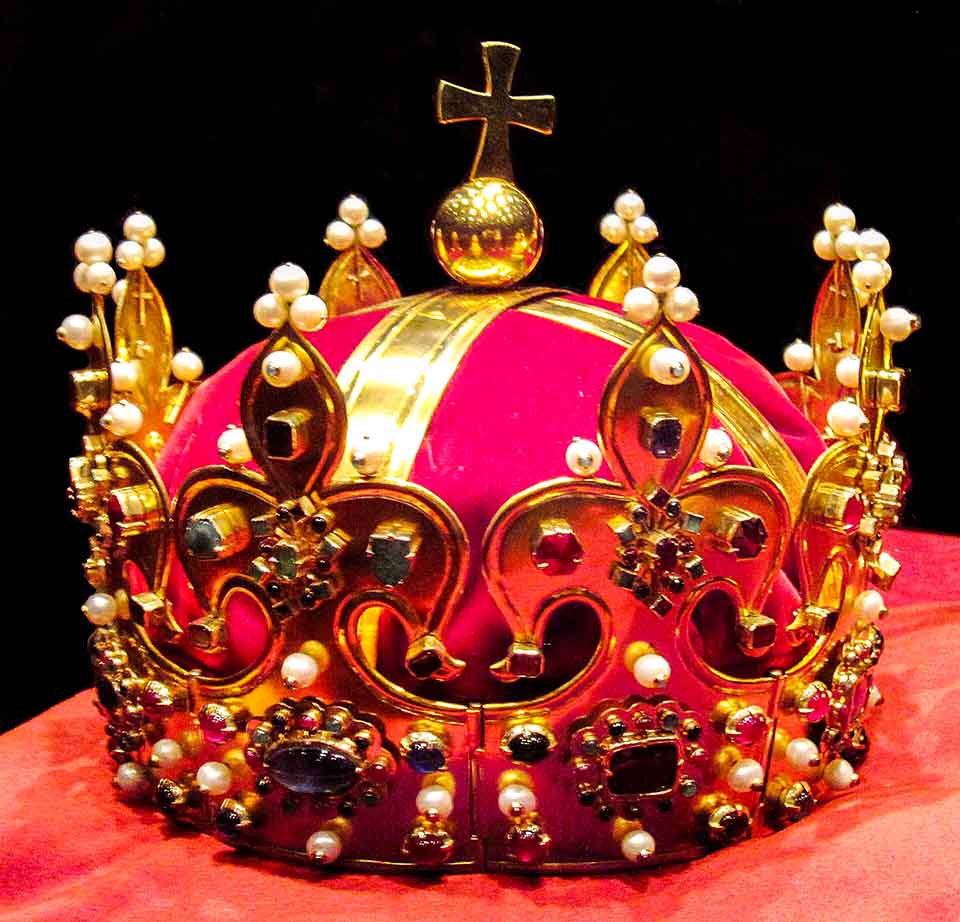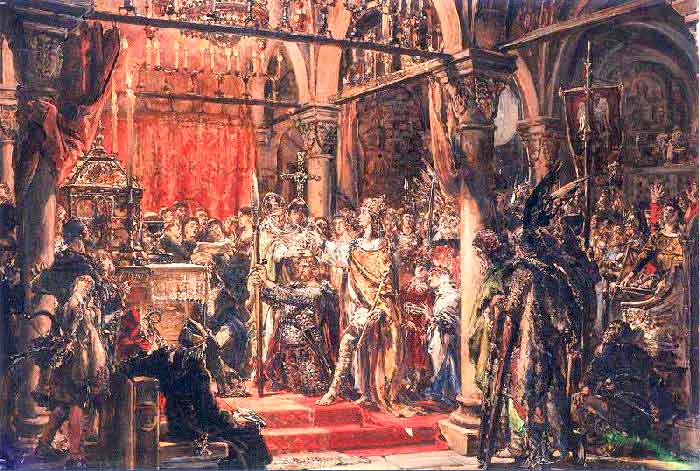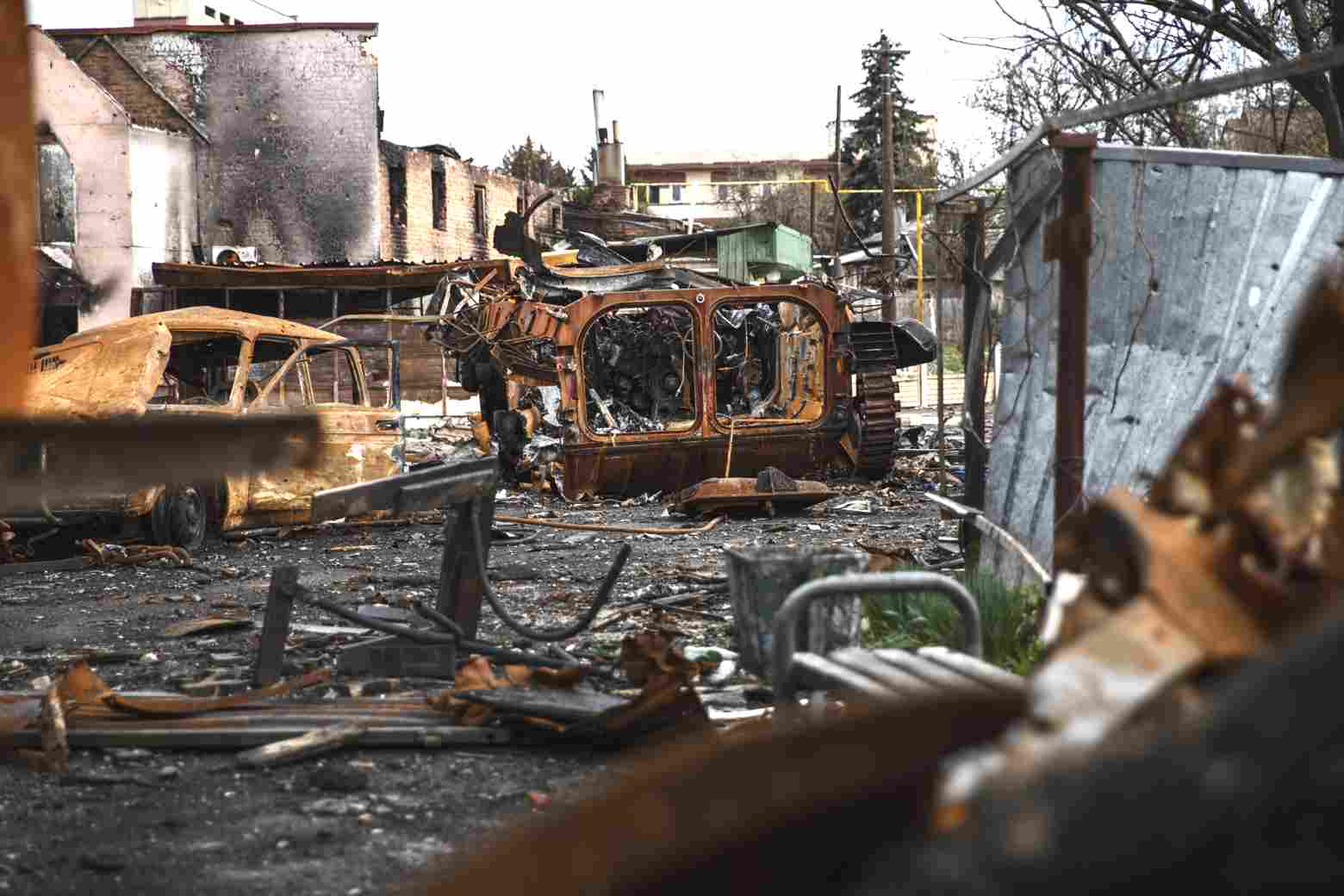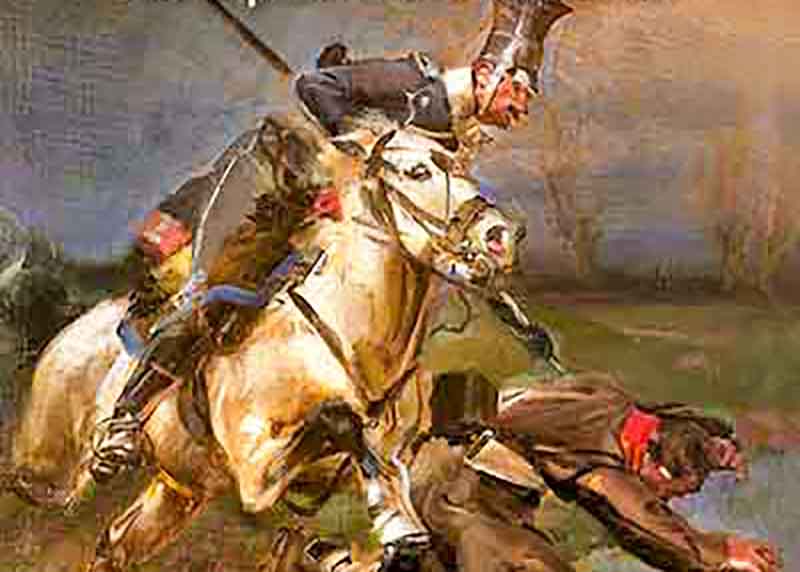In a spectacular setting, accredited journalists and invited politicians were able to watch the Dragon-24 exercises in March this year, which were part of the largest NATO military maneuvers since the Cold War. For two and a half weeks, 20,000 soldiers from Poland, the United States, France, Great Britain, Germany and other countries trained in cooperation on land, sea, in the air, and in cyberspace. "The Dragon-24 exercises show our readiness to defend the territory of the North Atlantic Alliance," said the President of Poland Andrzej Duda, who was observing them.
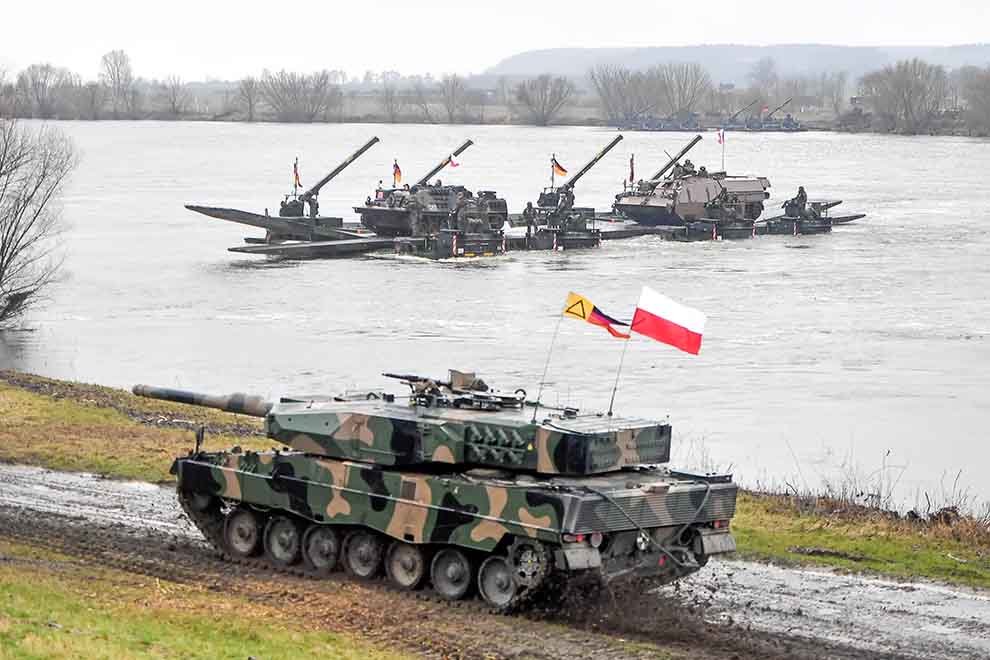
NATO military exercises. (Source: DlaPolonii.pl)
“NATO’s eastern front must hold together in the face of Putin’s attack on Ukraine,” is the unquestionable opinion of retired American general Philip M. Breedlove, former supreme commander of NATO forces in Europe. Poland is key in this puzzle – due to its location and potential. Not for the first time in history.
The Bulwark of the West
In his famous book The Clash of Civilizations and the Reshaping of the World Order from 1996, American political scientist Samuel Huntington distinguished nine modern civilizations. In Europe, two clearly dominate: the Western, built on Catholic Christianity, and later also Protestant Christianity, and the Orthodox, whose center is today's Russia.
A glance at the map shows that Poland is one of the Western countries furthest to the east. For centuries, it has stood guard over the Western world – and has often paid a high price for it.
In the 13th century, the broken Polish lands experienced three Mongol invasions, resulting in plunder, demographic losses – and making it difficult to unify the state. The period between the 15th and 18th centuries brought several wars between Poland and the Ottoman Empire and the Tatars who supported it. At that time, our country was sometimes called the bulwark of Christianity, because by defending its own borders, it worked for the security of all of Christian Europe. This was clearly demonstrated by the relief of Vienna in 1683. The combined Polish-imperial forces under the command of King John III Sobieski defeated the powerful Turkish army besieging Vienna. “We came, we saw, and God conquered,” Sobieski reported to Pope Innocent XI. After this defeat, the Ottoman Empire never recovered and was on the defensive from then on.
Meanwhile, Russia was gaining in importance, especially since the reign of Peter I (1682–1725). Poland was able to face the new threat from the east for a long time. This is evidenced by the victories at Orsha (1514), Klushino (1610) or during the several-year-long struggle between Stefan Batory and Ivan the Terrible (1577–1582). However, the 18th century was already a major crisis for the Republic. Tsarist Russia managed to first make Poland dependent on itself, and then – together with Prussia and Austria – bring about its partitions and complete erasure from the map of Europe.
Thus fell a state that – against the background of neighboring absolute monarchies – appeared to be highly democratic: with a king elected by the nobility in a free election, land assemblies, and a long tradition of tolerance, enabling the peaceful coexistence of Poles, Lithuanians, Ruthenians, as well as Jews, Germans, Armenians, Tatars, and representatives of other nations. The unique constitution of 1791 inflects freedom in all cases. It includes “personal freedom,” “civic freedom,” but also freedom of “all rites and religions.”
Russian Imperialism
The final partition of Poland in 1795 began – from the point of view of its inhabitants – a long period of enslavement. For Poles who found themselves under the rule of the Tsars, the symbols of this enslavement became the bloodily suppressed uprisings, Russification and deportations to Siberia.
The death of Catherine II in 1796 – the accomplice in all three partitions of Poland – did not stop Russian territorial expansion. On the contrary, in the 19th century the tsarist state subjugated, among others, Finland, Bessarabia (largely coinciding with today's Moldova) and the Transcaucasian lands. However, Russian appetites extended much further. The so-called Sazonov Plan, announced after the outbreak of World War I, assumed the annexation of East Prussia and Eastern Galicia. Later demands even reached Constantinople.
The Bolsheviks, who seized power in Russia in 1917 as a result of the bloody October Revolution, officially proclaimed the lofty slogan of national self-determination. In reality, they replaced tsarist imperialism with an even worse one, bringing terror, destruction and enslavement on a scale previously unknown.
Vladimir Lenin and his companions dreamed of spreading the red revolution to Germany, and to the south-east, all the way to Italy. However, Poland, which was rebuilding its statehood after World War I after a long period of captivity, was an obstacle on this path. "Through the corpse of white Poland, the road to a global conflagration leads. […] To the West!" - wrote Mikhail Tukhachevsky, commander of the Bolshevik Western Front, in an order to his soldiers in July 1920.
For a Safe Europe
The victory of the Polish Army over the Bolsheviks in the Battle of Warsaw in 1920 – which Lord Edgar Vincent D'Abernon called the eighteenth decisive battle in world history – saved not only the newly reborn Poland, but also Central Europe.
Not all nations were given the chance to gain independence at that time. The Ukrainian authorities took refuge in our homeland from the Bolsheviks. A commemorative plaque on the wall in front of the Bristol Hotel in Tarnów has been a reminder for over a year: "In 1920-1922, this building was the seat of Poland's allies: the Council of the Republic, the Government, and the Chief Ataman of the Armed Forces of the Ukrainian People's Republic Symon Petliura." The Ataman's brother, Oleksandr, later served in the Polish Army as a contract officer. Many Ukrainian and Georgian servicemen received similar contracts.
In the interwar Republic of Poland, the Promethean movement was strong, supporting the independence aspirations of the societies conquered by Soviet Russia in the years 1918–1921. “As long as many nations remain under the Russian yoke, we cannot look to the future with calm,” said Marshal Józef Piłsudski, one of the fathers of Polish independence after World War I.
The diabolical pact between Adolf Hitler and Joseph Stalin in August 1939 brought a hecatomb to Europe worse than that of 1914–1918. The Soviet Union quickly began to implement it. First, in September 1939, together with the German Reich, it attacked Poland and seized half of its territory. Over the next year, it took the Karelian Isthmus from Finland, Bessarabia and northern Bukovina from Romania, and occupied Lithuania, Latvia, and Estonia in their entirety. At the end of World War II, the Red Army reached the Elbe River. A large part of Central and Eastern Europe found itself in the Soviet sphere of influence for several decades.
The fall of the communist system allowed nations subjugated by the USSR to once again break free. But Russian imperialism is reborn in a post-Soviet form. In this situation, the Polish Army, strengthened by equipment purchases in recent years, is the foundation of NATO's eastern flank. It also supports the Border Guard in protecting the eastern border of the European Union from hybrid attacks from Russia and Belarus. The British "The Observer" noted a few years ago: "Poland stands guard over the West against Russia. Again." Today, these words are even more relevant.
Translation from Polish by Andrew Wozniewicz.



